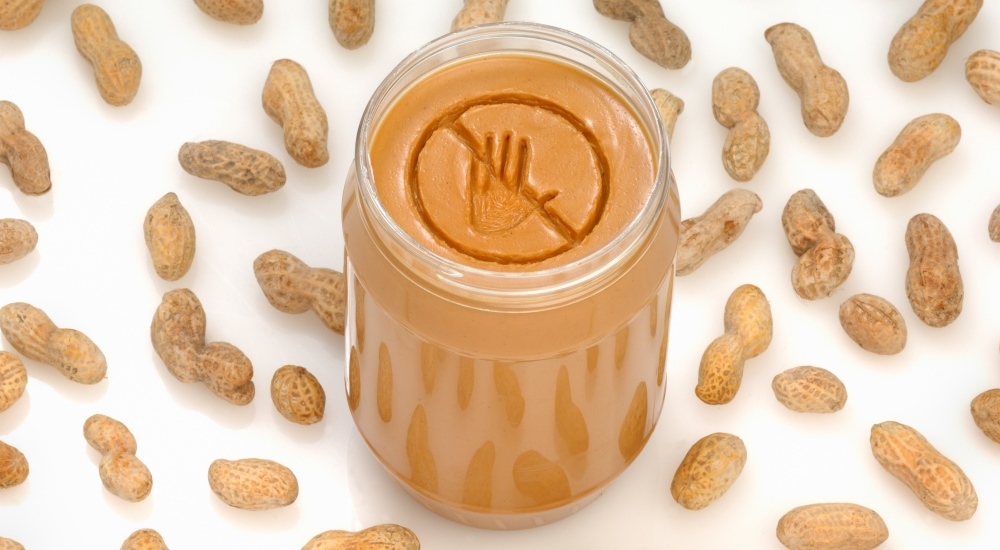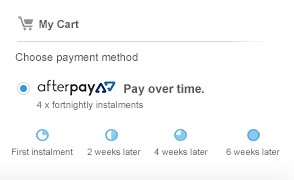Allergies in Children
Author: Wholesome Hub Date Posted:1 October 2017
[@access_control@] [@article_id@] [@blog_author@] [@blog_content@] [@blog_id@] [@blog_subheader@] [@blog_subject@] [@category_id@] [@category_name@] [@category_ref@] [@category_subheader@] [@ccat_id@] [@compat_id@] [@compat_list_id@] [@compatcat_description@] [@compatcat_description2@] [@compatcat_fullname@] [@compatcat_name@] [@compatcat_ref@] [@content@] [@content_allow_reviews@] [@content_author@] [@content_compatibility_code@] [@content_description1@] [@content_description2@] [@content_description3@] [@content_external_ref1@] [@content_external_ref2@] [@content_external_ref3@] [@content_external_src@] [@content_fullpath@] [@content_id@] [@content_label1@] [@content_label2@] [@content_label3@] [@content_level@] [@content_module@] [@content_name@] [@content_ref@] [@content_short_description1@] [@content_short_description2@] [@content_short_description3@] [@content_type_code@] [@content_type_id@] [@content_type_name@] [@content_wufoo_form@] [@date_posted@] [@date_updated@] [@description@] [@description2@] [@external_ref@] [@gp_restriction@] [@id@] [@name@] [@page_content@] [@page_editor@] [@page_header@] [@page_id@] [@page_index@] [@page_subheader@] [@parent_ccat_id@] [@parent_content_id@] [@parent_id@] [@rating@] [@reviews@] [@short_description@] [@sortorder@] [@subtitle@] [@templatebody@] [@templatefoot@] [@templatehead@] [@templatesearch@] [@thumb@](CODE) [@thumb_alt@](CODE) [@thumb_alt1@](CODE) [@thumb_content_type_id@] [@timestamp@] [@title@] [@url@]
What are allergies and why are they increasing in children? Managing allergies can have a huge impact on a family because what is eaten at home—and more importantly, out and about—has to change.
We know that allergies are on the rise, especially in children. Once upon a time, what you had in your lunch box was of interest only to the friend you were swapping your lunch with, but now the lunch police closely scrutinize it with a number of schools having nut-free policies. What’s happened in the last 10years to change this? Managing allergies can have a huge impact on a family because what is eaten at home—and more importantly, out and about—has to change.

What is an allergy
An allergy is a hypersensitivity to certain things that don’t affect most other people. The immune system overreacts and fights what it thinks are foreign antibodies in the blood. The overreaction causes hives, eczema, asthma, rashes, swelling or hay fever.
The difference between allergies and intolerances, especially in food, is how fast and how severe the reaction is. If a person has a food allergy and eats even a tiny bit of the food they are allergic to, then within twenty minutes they can vomit, have diarrhoea, be nauseous, have stomach cramps and the person’s mouth, nose, eyes and throat can swell. The most severe reaction is called anaphylaxis where a person’s tongue or throat swells so much that they can’t breathe without medical help.
Food intolerance is not as severe and immediate as a food allergy. There is usually a threshold where a person can eat so much of the food, but when they get to a certain point, then they’ll start having symptoms. The symptoms usually happen 12 to 24 hours after eating the food. A person will have mainly digestive problems such as diarrhoea, constipation and cramping, but can also have headaches or migraines, shaking, palpitations and sweating. Food intolerance is a chemical reaction to the food, rather than an immune system reaction, which is why it’s not as severe as an allergy.
What are the main types of allergies
The main food allergens are dairy, eggs, fish, peanuts, sesame, shellfish, soybeans, tree nuts (which include almonds, cashews, macadamia nuts, pine nuts, walnuts) and wheat.
Other allergens are pollen, dust, animal fur, insect bites (such as bees or mosquitos), medicine (penicillin is common), latex and certain metals.
Chemical sensitivity is when a person has an allergic reaction to solvents, perfumes, petrol, diesel and smoke.
People can also have reactions to food additives and chemicals. The most common problem additives are MSG, aspartame (an artificial sweetener used in ‘diet’ drinks and foods), sulphites (which are in dried fruit and wine), sodium benzoate (in soft drinks and fruit juices), salicylate (in aspirin, apples, grapes, tomatoes and oranges), caffeine (in coffee, cola and chocolate) and tartrazine (a yellow colouring used in some cheeses and in skim milks).

Why are allergies in children increasing
A recent study from the Murdoch Children’s Research Institute found that 1 in 10 Australian children had food allergies. This made Australia the country with the highest rate of food allergies in the world.
No one can really say for sure exactly why allergies in children are increasing, but there are a few theories that are backed up by studies.
Genetics
There’s evidence that genetics plays a part. The World Health Organization says that if one parent has an allergy, then their child is twice as likely to develop allergies or asthma. If both parents have allergies, this rises to become four times more likely.
The Hygiene Hypothesis
An asthma specialist at the University of Arizona found that children with more siblings have fewer allergies. They found that a child with siblings is exposed to more infections and bacteria. The specialist believes that smaller family sizes and improved hygiene contributes to the growth of allergies.
The Farming Effect
A long-running study of farm children by the Munich University Children’s Hospital has found that 1 per cent of children have allergies who grow up on a farm, drink raw milk and help with feeding and cleaning up the livestock, compared to 12 per cent of children who don’t. The possibility is that farm children are exposed to more microbes that protect them against allergies.
Foods while Pregnant
There are two conflicting opinions about this. The first is that a pregnant woman should avoid highly allergenic foods like peanuts, shellfish and soft cheeses so that the baby’s immune system is not compromised. The second opinion is that eating those foods inoculates the baby against food allergies. At this moment, it is unclear which is the right way to go, but studies are underway. If you are unsure, please speak to your natural health therapist or your doctor for advice on what would be best for you.
Environment
Scientists are trying to unravel if it is true that allergies begin with food and chemical exposure in the womb. There is currently a huge study underway in Canada that is studying five thousand pregnant women. The researchers are looking at what the woman eats during pregnancy, what chemicals she is exposed to, how much stress she is under, what she eats while breastfeeding, how soon solid foods are introduced, what foods are introduced, and even how much dust is in her house. The results from this study won’t be known for a few years.To find out more about this study, go to: http://www.canadianchildstudy.ca. Findings will also be reported in the Allergic Living magazine.
What does it mean to have an allergy
Children
For parents of children with a food allergy, it can be really hard to control what they eat outside of the house. Allergy management begins with talking to your child from a very young age and drilling into them what foods will and will not make them sick. It means telling the child’s family, carers, kinders, teachers and friends exactly what the child can and can’t eat, and how severe the reaction may be.
Anaphylaxis Australia recommend before starting kinder or pre-school that an action plan is made out and a medical kit is packed with the child’s photo on the front. They also recommend packing a snack box with safe foods for children on special occasions.
Australian schools don’t have a nationwide law about allergy management, but each of the states have a proposed anaphylaxis policy and staff have usually had training on how to use an EpiPen. Schools, kinders and childcare are usually allergy aware and ban nuts.
Adults
Anaphylaxis Australia recommends that an adult with allergies plan ahead, and always have some safe food on them. They recommend fastidiously reading food labels and knowing the different names for allergens. Products change ingredients from time to time, so it is important to keep informed. Another important tip is to check the expiry date on the EpiPen.
For more information:
- Anaphylaxis Australia is a not-for-profit organisation that raises awareness on allergies, has science-based information and provides support for those suffering. See: www.allergyfacts.org.au
- The Multiple Chemical Sensitivity website has information on possible environmental and chemical pollutants and their effects on certain people. See: www.multiplechemicalsensitivity.org. Diana Crumpler’s book Chemical Crisis (now out of print, but available second-hand) is an eye-opening first-hand story of how her exposure to pesticides so deeply sensitised her that she is now a prisoner inside her own home.
- The Australian Society of Clinical Immunology and Allergy (ASCIA) is a professional body of Clinical Immunologists, Allergy Specialists and Immunology Specialists. See: www.allergy.org.au
- Allergic Livingis a Canadian-based magazine with an informative science-based website with a forum. See: www.allergicliving.com
- UK Allergy Association is another comprehensive site: http://www.allergyuk.org







